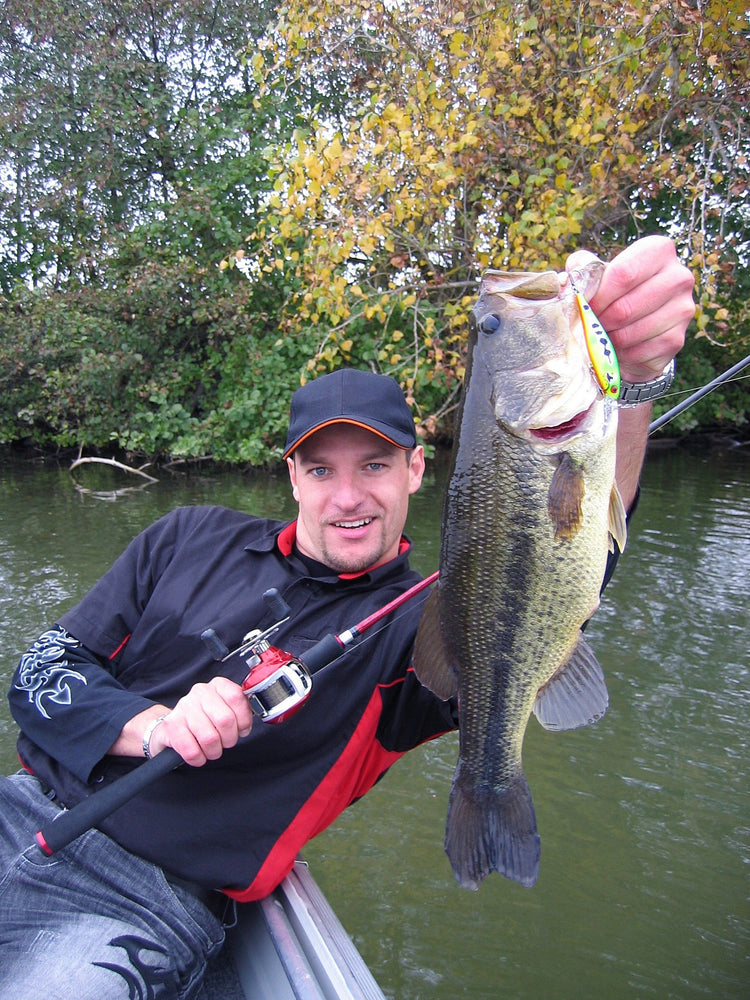
Few things put a damper on a fishing trip like breaking a rod, and this is especially frustrating for custom builders. You put all that effort into meticulously wrapping guides, gluing cork and laying thread wraps, only to have the rod snap out on the water. Sometimes people ask us if we can make a blank that won’t break. The answer is yes, but it would be so heavy and insensitive that no one would want to fish with it. Therefore, the challenge for our blank engineers has always been balancing the strength of a blank with its weight and sensitivity. All blanks will break if mistreated or abused, but luckily for rod builders we have developed technology that makes blanks extra durable while adding essentially no weight, and maintaining sensitivity. In order to understand how it works, it helps to know what happens when a blank breaks.
Imagine a newspaper is rolled into a tight cone shape. This is essentially a simplified version of how a carbon fiber blank is made. Now imagine taking the cone and bending it like a fishing rod, causing the cone to flatten out at a point along its length. This is what happens when a blank breaks. Even though carbon fiber is a much better fishing rod material than paper, it experiences structural failure in the same way- the top of the blank stretches under tension while the bottom of the blank undergoes compression. This type of break is due to the blank lacking what is called “hoop strength”, i.e. the blank’s ability to maintain its hoop-like structure. Therefore if you increase the hoop strength of a blank you also increase its durability. This can be achieved with our Advanced Reinforcing Technology, which consists of wrapping scrim-less carbon fiber prepreg around the interior of the blank. We use this technology in blanks that are expected to be put under high stress, such as our Bass Series. With more and more bass fisherman flipping fish into their boat, this is a must-have technology for serious anglers (or anyone who hates breaking rods). Along with slightly slower actions than our Carbon 2 lineup, this durability also makes the Bass Series a good choice for certain inshore applications. Check it out next time you are ready for a new build.

